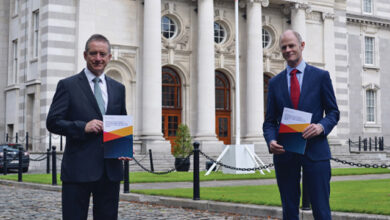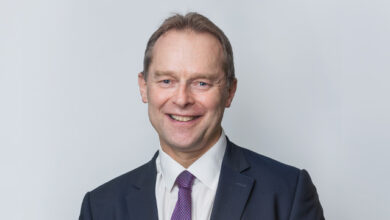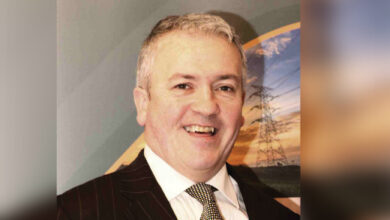A journey of digital transformation
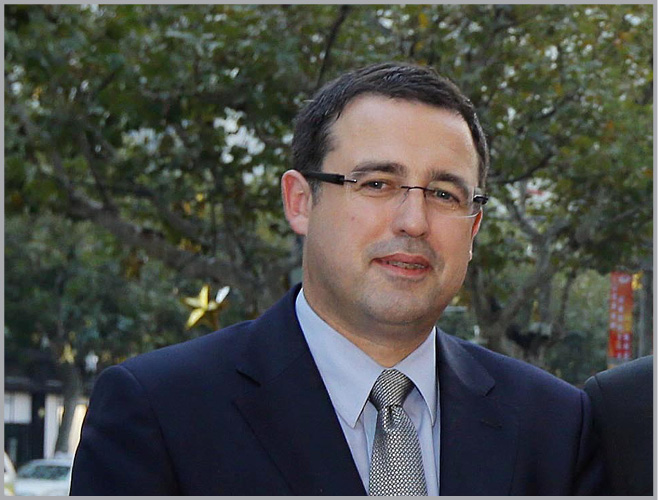

eolas magazine speaks to Director of Passport Services, Austin Gormley, and Head of Passport Reform, Fiona Penollar about the delivery of a more efficient, predictable and citizen-focused service.
Initiated in 2016, the Irish Passport Service is currently undergoing a major transformation underpinned by advanced digital technology, but also being driven by changes in customer expectation.
Giving context to the level of transformation required, Fiona Penollar points out that the last comprehensive change to the service occurred back in 2004, when the introduction of the Application Processing System (APS) allowed for changes in business processing together with the introduction of the biometric passport in 2006. In 2016 it was recognised that many components of the APS system are now out-dated, including changes to the application form not being in sync with APS, while other components of the system are now out of technical cover.
“A very basic way of explaining the gap in our systems is comparing it to the technology evolution. If you look at what the mobile phone was in 2004 and what it is now, it’s evident that we needed to bring our services in line with customer demand and expectations of today,” she outlines.
Austin Gormley explains that while ensuring that operating systems were up to date was a key driver of reform, it was just one of four reasons identified during extensive consultation within the service.
“As well as system upgrades, the second driver lies in a significant increase in the volume of applications over the last two years. Our paper system was at capacity and struggling to cope with this additional pressure. Thirdly, was customer expectation and the recognition that applicants now expect convenience in terms of service delivery, they expect online services and want frequent interactions with the service provider.
“Finally, there remains continued security threats to the system and attempts by criminal networks to fraudulently obtain Irish passports. As the physical passport book has become more secure and more difficult to replicate, there is a growing global trend of identity theft. This requires us to continually evolve our technology processes to counter any threats to the Irish passport’s strong international reputation.”
Now mid-way through the second phase of a three phase programme which represents a €18.6 million investment up to 2019, the most recognisable change to the customer has been the widely-welcomed introduction of online adult passport renewals.
This was a significant initial step in the first of the three pillars on which the reform programme has been constructed. ‘Customer First’ is the recognition of the need for a wider variety of channels available to the customer, of which online services are key. By 2019 Gormley hopes that all services will be migrated online, including the expansion to include first time applicants and children.
Penollar highlights that while this change will make a significant impact on customer satisfaction and service efficiency, it should make little impact on the current physical service provision.
“While the services we offer to the citizen at our public counters remain a key part of the service we offer, generally a very small percentage of applications are done here. Last year that figure was in the region of 4-5 per cent thanks to the efficiency of the various postal services we offer. Our online service, like our postal service, is not tailored to those people that need rapid turnaround in under a two week period, those people still require a physical service and the demand still exists.”
A further element of the ‘Customer First’ approach is ensuring a consistency of service, adds Gormley. As well as citizens within Ireland, the Passport Service also caters for citizens globally. Previously, turnaround times differed considerably depending on the location of the applicant but the introduction of online services and the resulting improved business processes will ensure consistent service delivery around the world.
The second pillar focuses on integrity. Penollar says: “As a passport service we have to establish the entitlement of an individual to a passport on the basis of citizenship and also their identity as two key components under the Passport Act (2008). Under the programme we’re going to increase that capability to investigate, detect and prevent fraud, while adhering to data protection legislation. A key pillar of that is the introduction of enhanced facial recognition technology which we put in place late last year. This has significantly increased our capability to tackle identity theft.”
The introduction of facial recognition is just one of the 24 total projects being rolled out across the transformation and ranging in size from the large-scale replacement of the APS system with a new Passport Integrated Processing System to more back-end, but equally efficient, improvements.
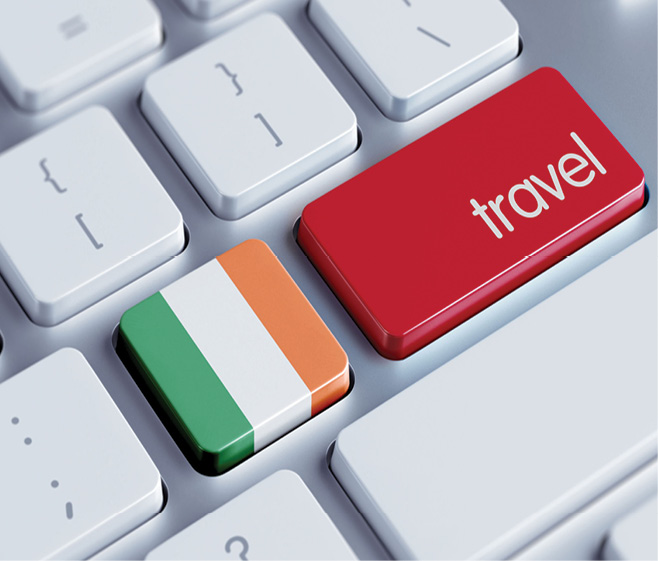
These back-end improvements form the basis of the third reform pillar, ‘One Service’. Gormley outlines: “Each service can only be as good as the people who deliver it so we’re very focused on the upskilling of staff, including supervisory staff in their ability to lead, and investing in their development.
“We are also investing in more consistent, standardised policies and procedures within the Passport Service. We have existing established policies, but we need to ensure that they’re consistently applied across three Passport Service offices, and indeed our Embassies and Consulates around the world. To do that we’ve established a corporate support function.
“‘One Service’ also encompasses technology, data and systems in supporting our key objectives and not the other way around. We’ve defined a business process need in consultation with staff and built technology support around those needs. What we want ultimately, as defined in our own business case, is a more agile, customer-focused and secure Passport Service.”
Penollar adds to this: “Our staff are genuinely excited about moving to a higher value added role. Greater efficiencies will mean more time for staff to tease through those applications that are deemed higher risk and require more resources than the usual application.
“Globally, the world is changing, areas such as guardianship of children are very different than what they used to be and what we want to be able to do is give staff that time to fully satisfy the programme. Our staff in the Passport Service have built up a huge variety of skills over the years and possess a wealth of expertise, we want to allow them to use those skills to the highest value possible. On the other side this will also facilitate the provision of better customer service.”
Achievements
Many of the key elements of reform were tailored to ensure that the programme broadly aligned with the Government’s Digital First agenda. Pointing to one “ground-breaking” element of the online application renewal system, Gormley highlights the three options now offered for photo enrolment.
“The first and most innovative aspect of this is that we have teamed up with Photo-Me, a digital photo provider with 150 booths around the country, which citizens can use to have their photo captured digitally, obtain a code and then use this code on the Passport Service’s online platform. The photos are highly likely to be ICAO compliant and it’s quite a unique service in a global context. The second is that digital photos can be facilitated by chemists or other providers and these can then be uploaded during the application process. The third is that they can have another individual take the photo while at home.
“The benefit to ourselves is much greater efficiency – we can process passport applications far faster through the digital channel than we can through the traditional channel. We can also share work across the three offices more readily than we could with paper-based applications.
“There’s an added benefit in terms of saving Garda man-hours because they will be spending a lot less time witnessing forms. So far we estimate that we are enrolling about 13 per cent of all applications online since 30 March, which is over 30 per cent of adult renewals. Therefore, we are already ahead of our target and that’s before full advertising of the service.”
Outlining some of the other projects included in the reform Penollar adds: “Obviously facial recognition which was mentioned earlier being rolled out across our three offices has expanded our capability in our area. Our customers will identify changes through enhanced online tracking of applications and the facility of webchat, which feed into our ‘Customer First’ pillar. Another element of this is an upgrade to our emergency travel visa, making it easier for people abroad to get home quickly in the face of an emergency.
“However, changes that won’t be seen on the frontline, but which are equally important, include the introduction of a data analytics tool for fraud protection and improved stock control of certificates. In our offices, we have established a corporate support unit which will ensure greater coherence in both our policies and implementation across the offices. Later this year we are introducing a CRM system as a customer contact area, as well as similar system in the fraud and integrity area.”
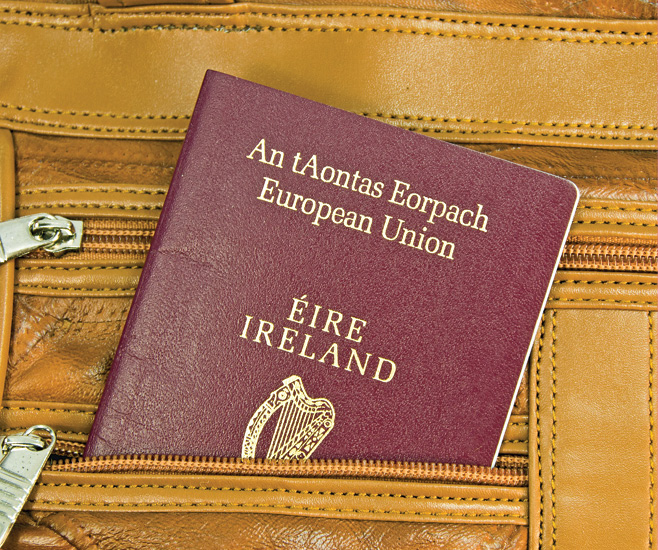
Digital threat
One piece of work which is still being undertaken is the alignment of passport services and identity requirements with wider policy on establishing or authenticating identity in the State. Currently the Department of Social Protection (DSP) have responsibility for identity verification and the Public Services Card. Passport Services currently require first-time applicants to have a Public Services Card passed at Safe Level 2 (providing substantial identity verification). Initial talks have taken place to discuss the potential for the implication of this level of verification to all applicants, including the potential use of the MyGovID platform, a digital method for customers to prove their identity online and access personalised government services.
However, Penollar explains that while conversations have been ongoing regarding the technical aspect of such a shift, implementation would require much wider cross-departmental and Cabinet discussion, as well as ministerial approval. For this reason, a timeframe for implementation has not been established.
Brexit
Questioned on whether Brexit and the potential impacts of the eventual split has impacted on the shape of the transformation, Penollar believes not: “If anything Brexit has reinforced the need for our digital transformation due to the natural increase in applications. While the overall percentage of extra applications will be relatively small, it does reinforce our need to give a greater focus to higher risk applications and to reducing them to lower risk, where acceptable, with greater speed so that we are offering a better service.”
Having recently returned from a Five Nations Conference in New Zealand, where he liaised with passport directors from the US, Australia, New Zealand and the UK, Gormley concludes: “One of Ireland’s advantages, as a small country, is that we are little more agile than some of the bigger players. New Zealand already has full online services across all applicant types, the UK has just introduced limited online services last year, while the US, Canada and Australia are yet to introduce any.
“We’re ahead in this space internationally. I think our ambition must be to become a world class passport service and this investment is part of that. We are doing well in terms of the online sphere as well as in terms of integrity, though we recognise that we need to do more across the board including in the customer service area. Investment in processing improvement and the efficiency that we will gain from this will enable an overall performance improvement.”
Penollar adds: “We are conscious that even when the reform programme is complete we cannot stand still. Our challenges are meeting the expectations of our customers as times change, while protecting the integrity of our passport against threats.”

